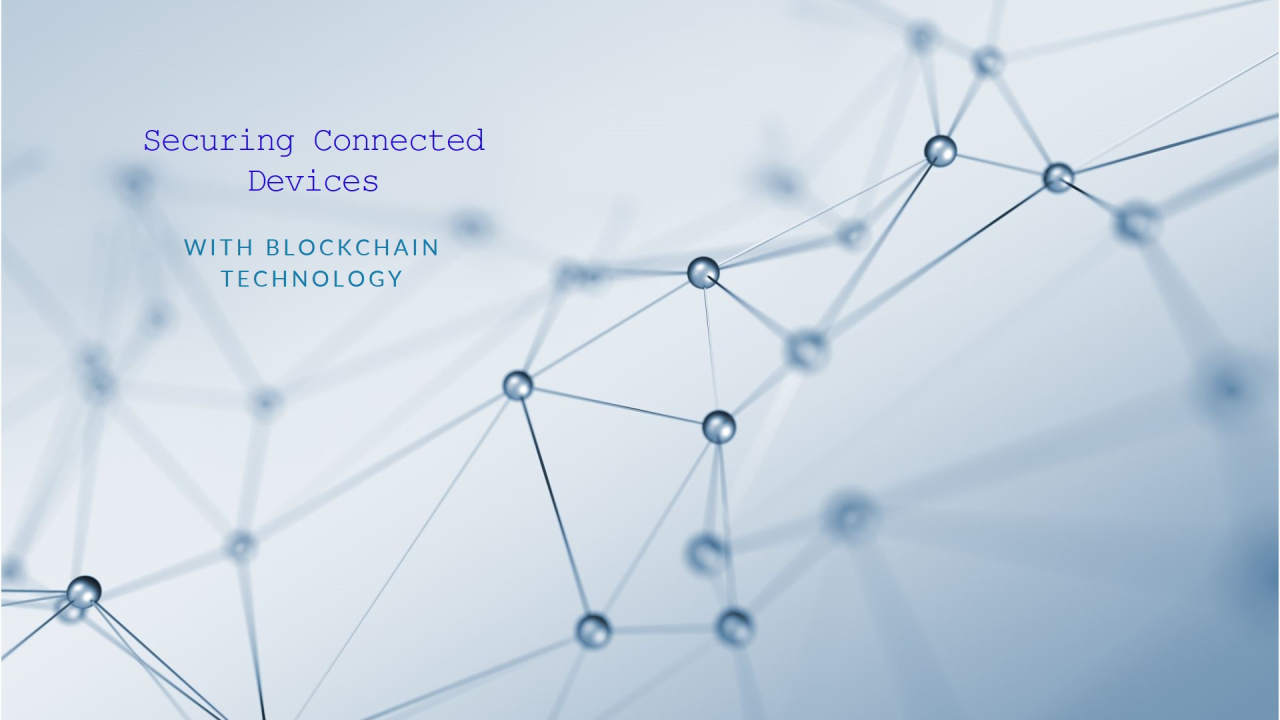
IoT: Securing Connected Devices with Blockchain
The Internet of Things (IoT) connects billions of devices, creating smart homes, cities, and industries. While IoT offers numerous benefits, it also exposes critical security vulnerabilities, such as unauthorized access, data breaches, and privacy concerns. Blockchain, known for its decentralized and immutable nature, has emerged as a promising solution to secure connected devices. This article explores the intersection of IoT and blockchain, from basic concepts to advanced applications, and provides real-world examples.
1. Introduction to IoT and Blockchain
What is IoT?
IoT refers to the network of interconnected devices, such as sensors, cameras, and smart appliances, that collect and exchange data. These devices enable automation, efficiency, and real-time monitoring.
What is Blockchain?
Blockchain is a distributed ledger technology where data is stored in immutable blocks linked cryptographically. It ensures transparency, security, and decentralization.
2. Why IoT Needs Blockchain
Challenges in IoT Security
How Blockchain Solves These Challenges
3. Core Technologies in IoT and Blockchain Integration
4. Applications of Blockchain in IoT Security
a) Supply Chain Management
IoT devices track goods in real time, while blockchain ensures data authenticity throughout the supply chain.
b) Smart Homes
Blockchain secures smart home devices by authenticating interactions between appliances.
c) Healthcare
IoT devices like wearable monitors collect patient data, and blockchain ensures secure storage and access.
领英推荐
d) Energy Management
Blockchain enables peer-to-peer (P2P) energy trading between IoT-connected solar panels or batteries.
e) Automotive Industry
Blockchain secures communication between IoT sensors in connected cars, ensuring safe navigation and real-time updates.
5. Benefits of Blockchain for IoT
6. Challenges in Implementing Blockchain for IoT
7. Real-World Use Cases
a) IBM and Maersk (TradeLens)
b) Helium Network
c) Chronicled
8. Future Trends in IoT and Blockchain
9. Steps to Secure IoT Devices with Blockchain
10. Conclusion
The integration of blockchain with IoT represents a paradigm shift in securing connected devices. By addressing key vulnerabilities like centralization and data integrity, blockchain ensures that IoT systems remain resilient and trustworthy. While challenges like scalability and interoperability remain, advancements in blockchain technology and IoT infrastructure promise a future of secure, scalable, and efficient connected ecosystems.
How do you see blockchain shaping the future of IoT security in your industry? Share your thoughts below!
#IoT #Blockchain #CyberSecurity #Innovation #TechFuture